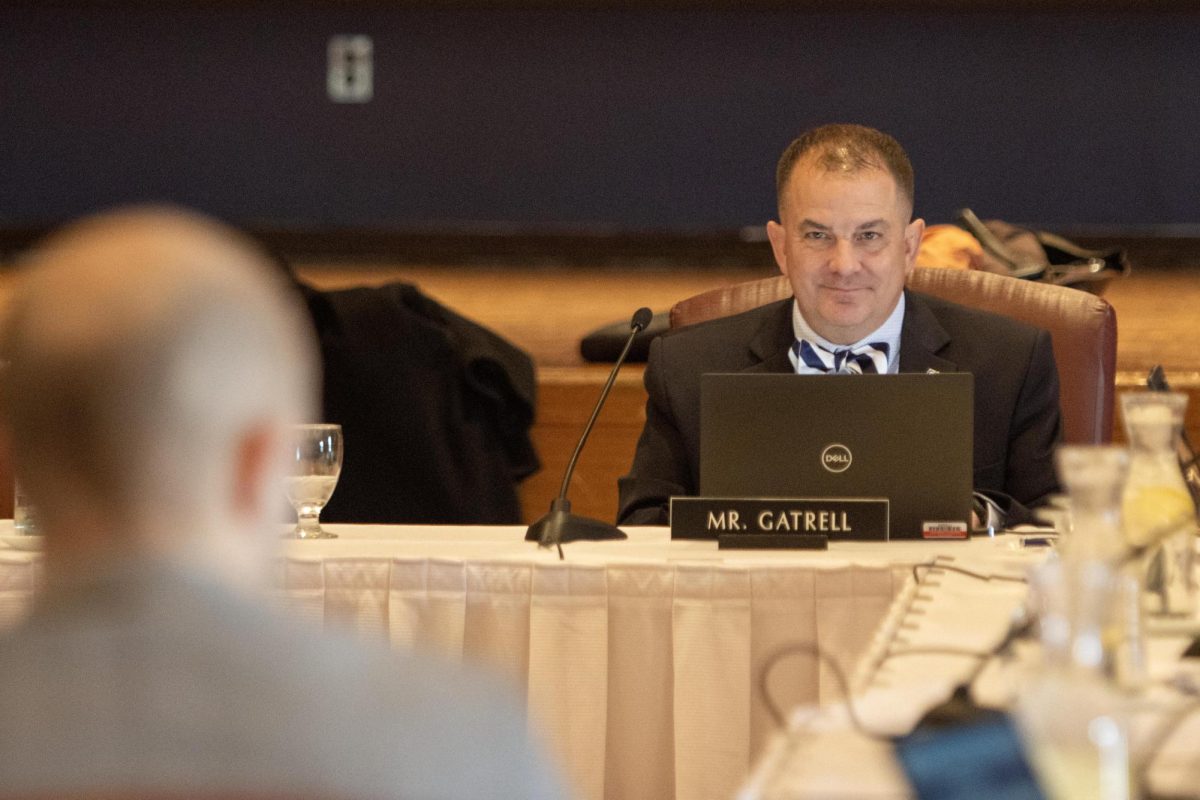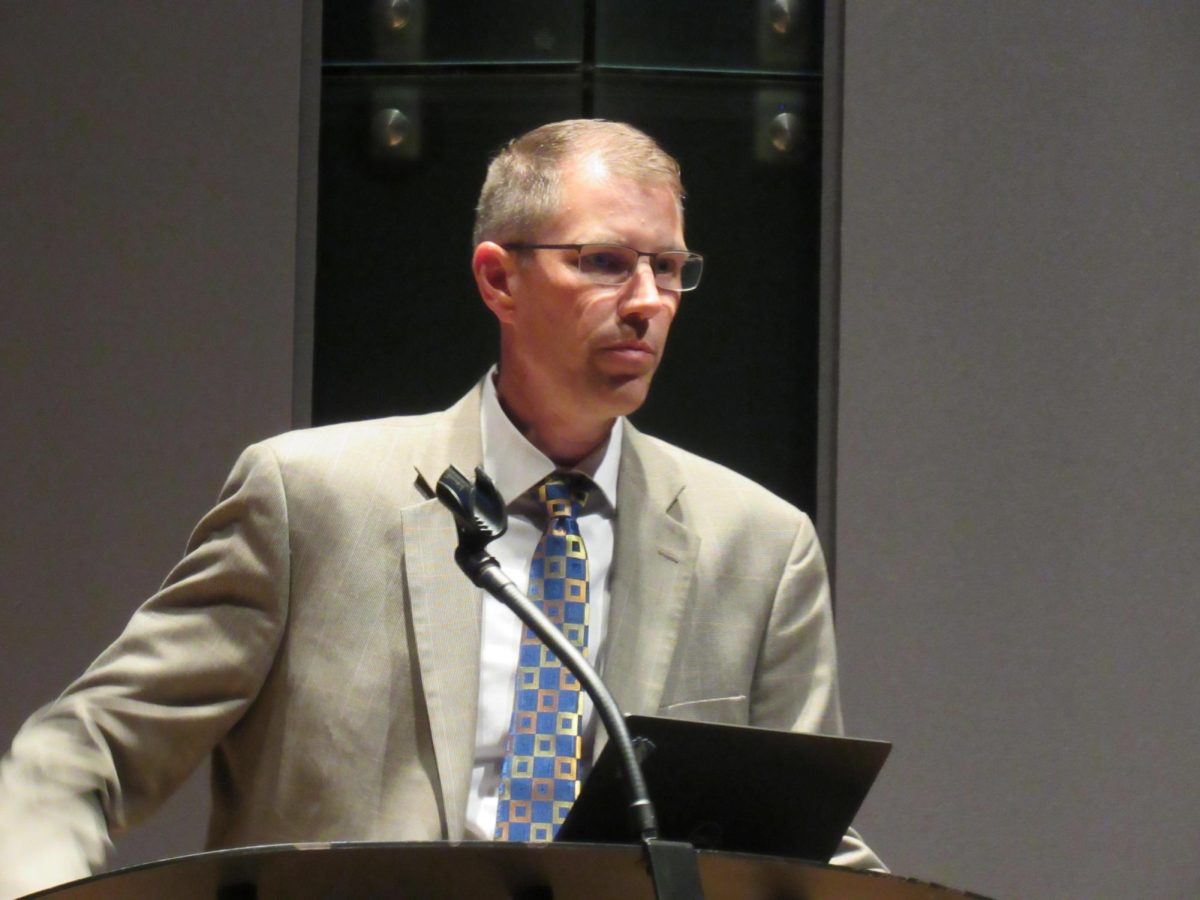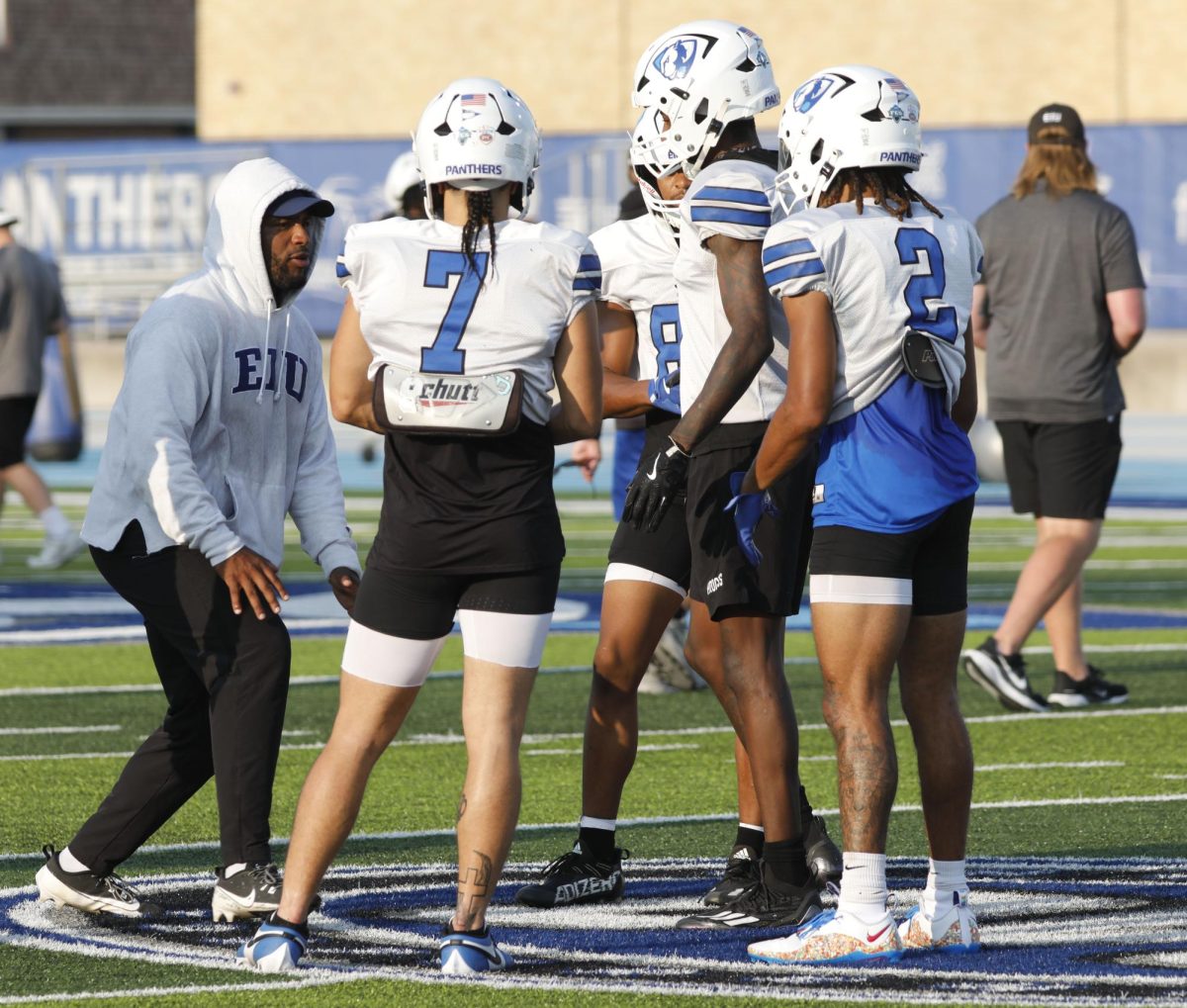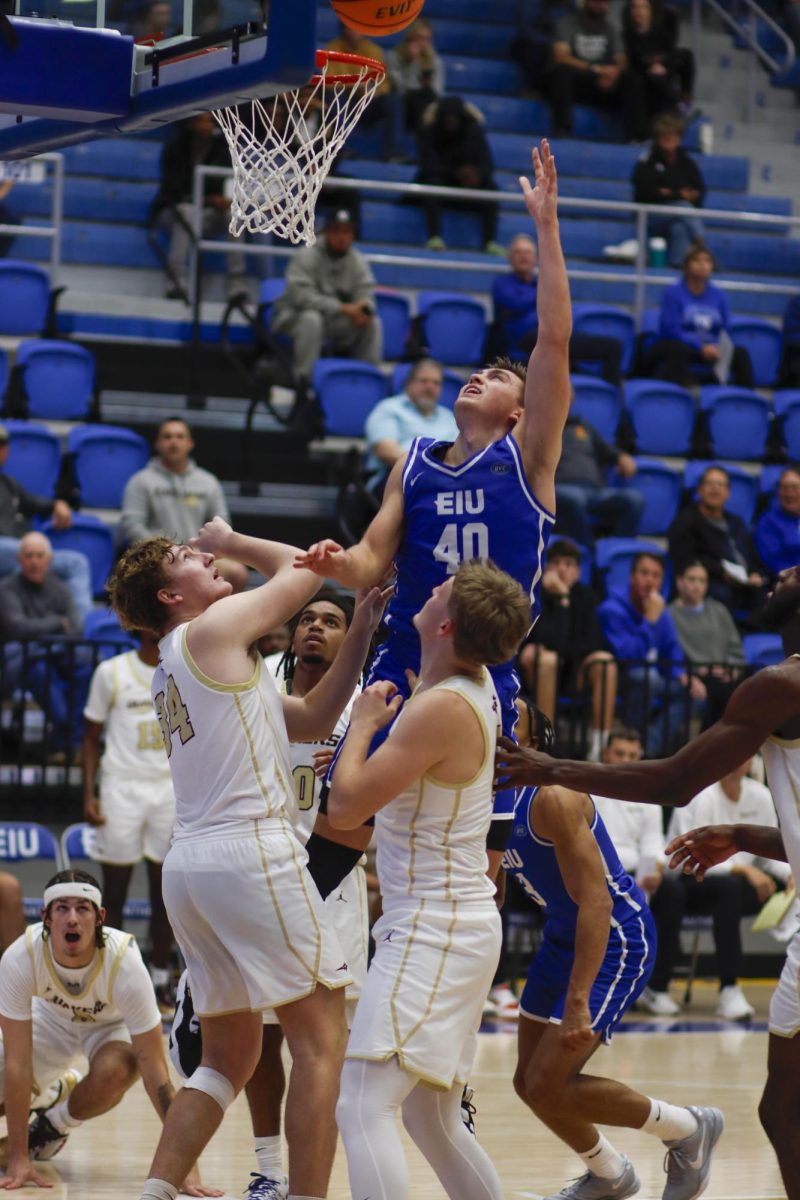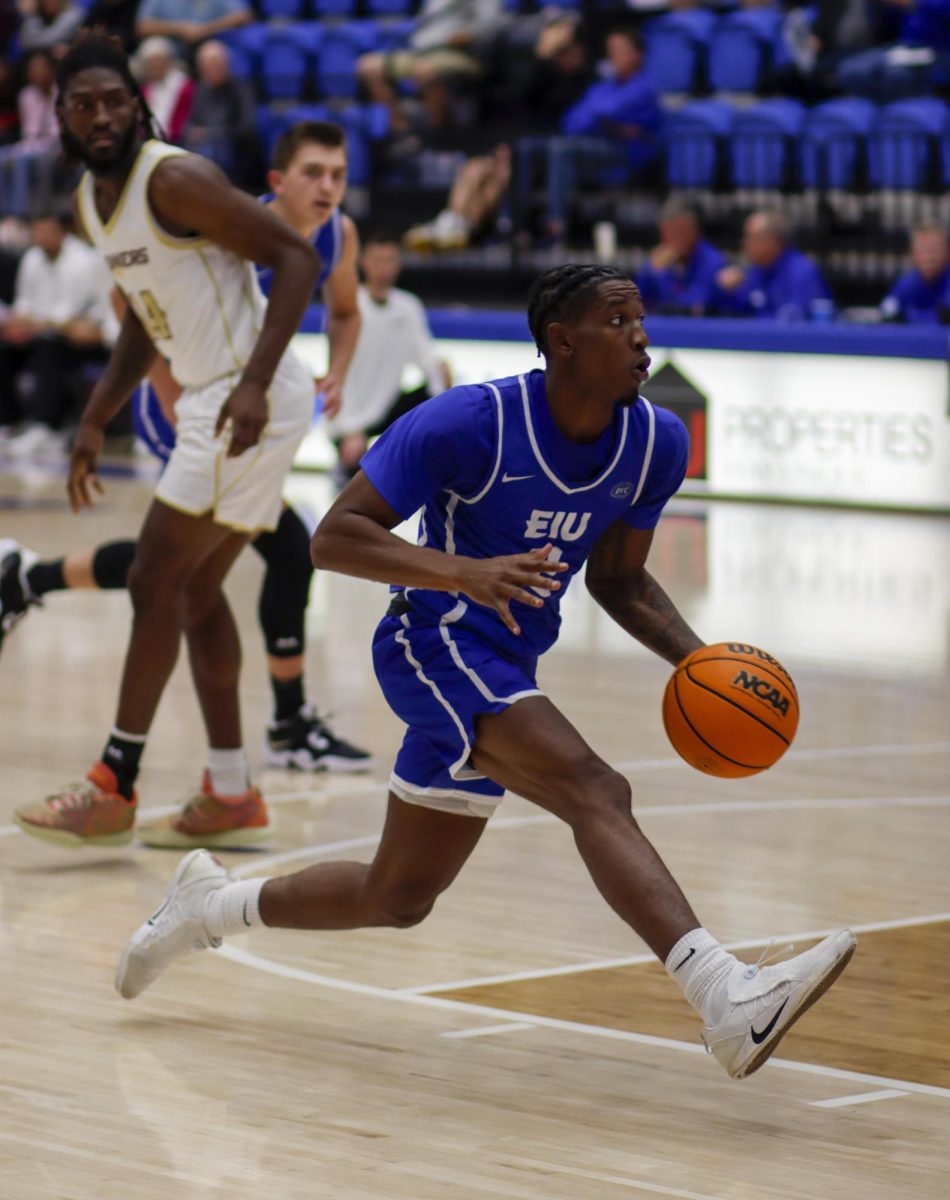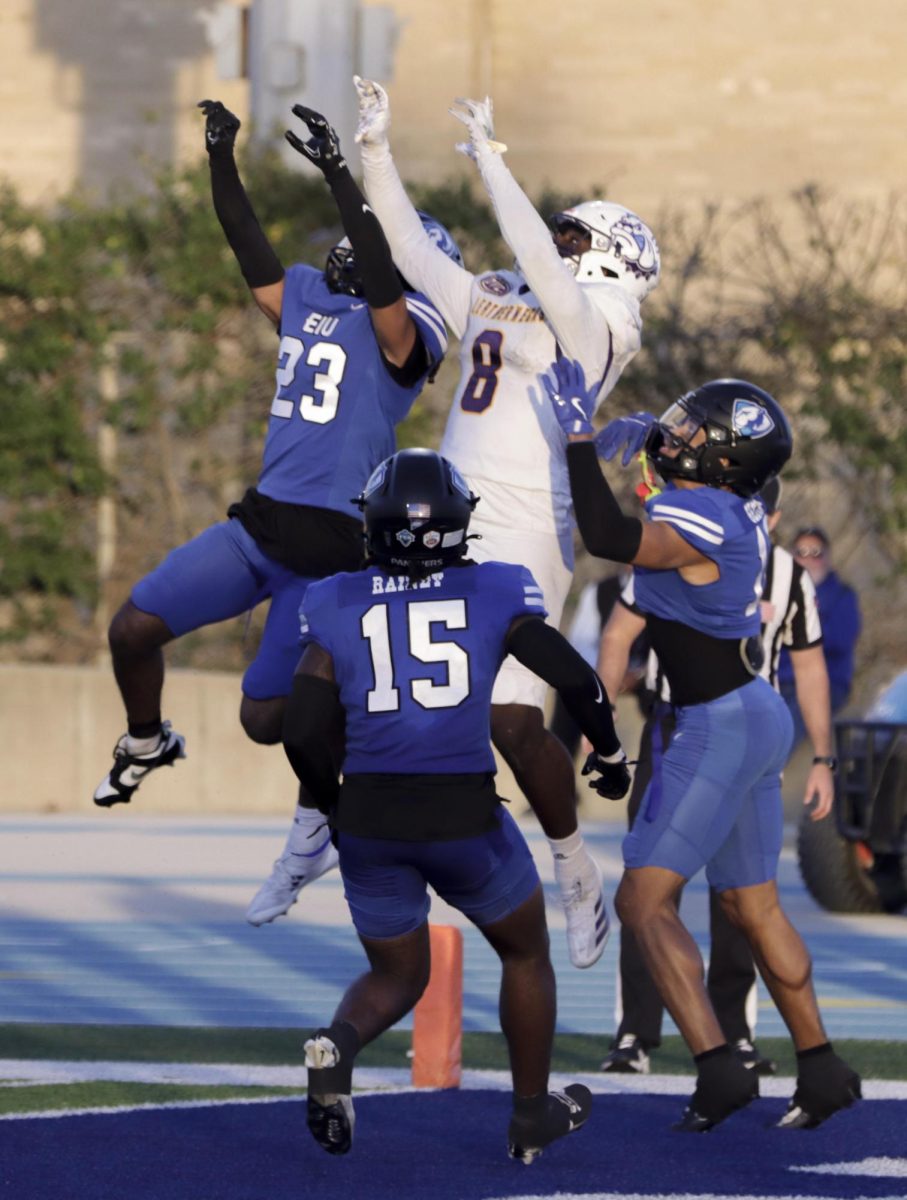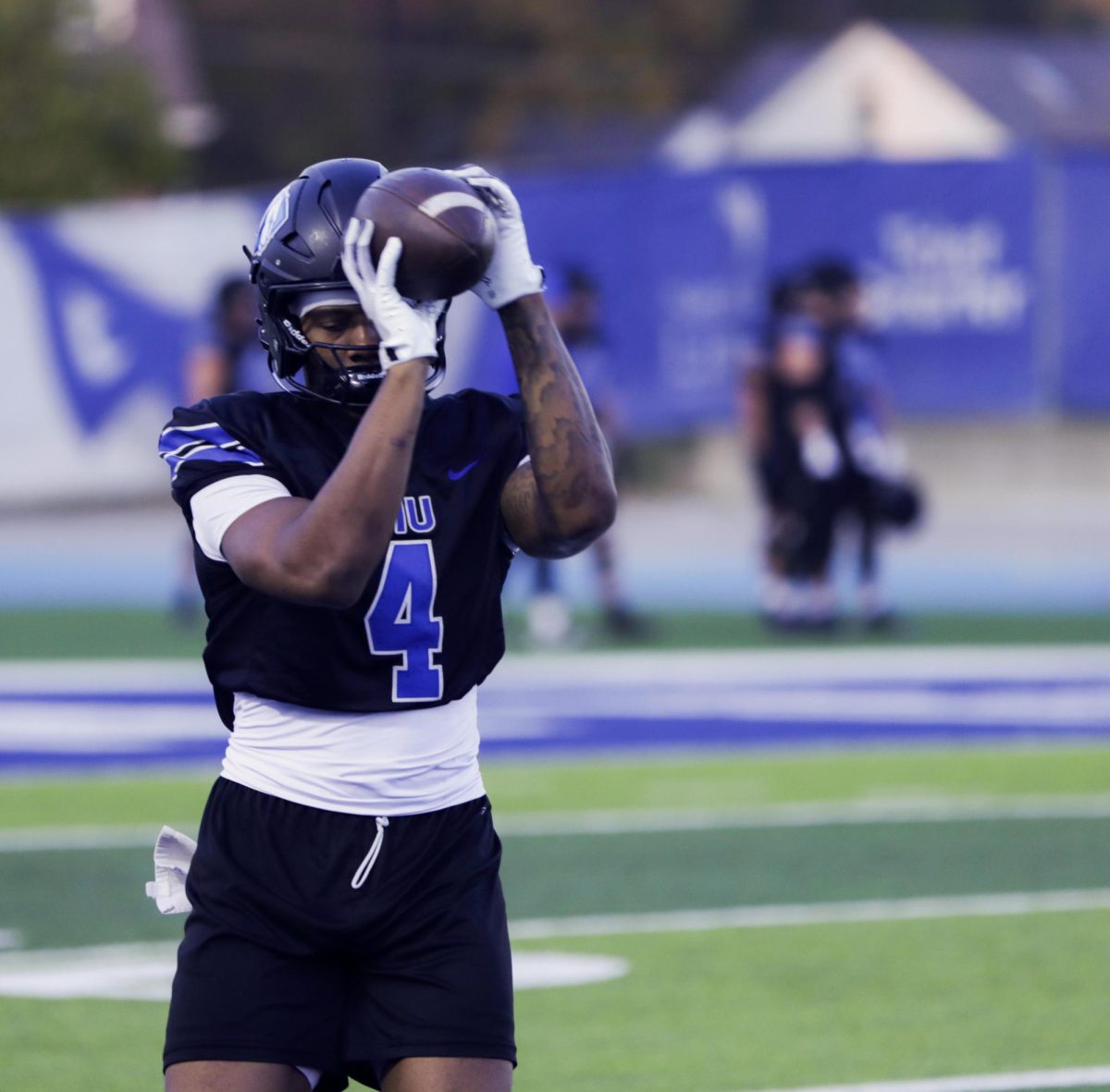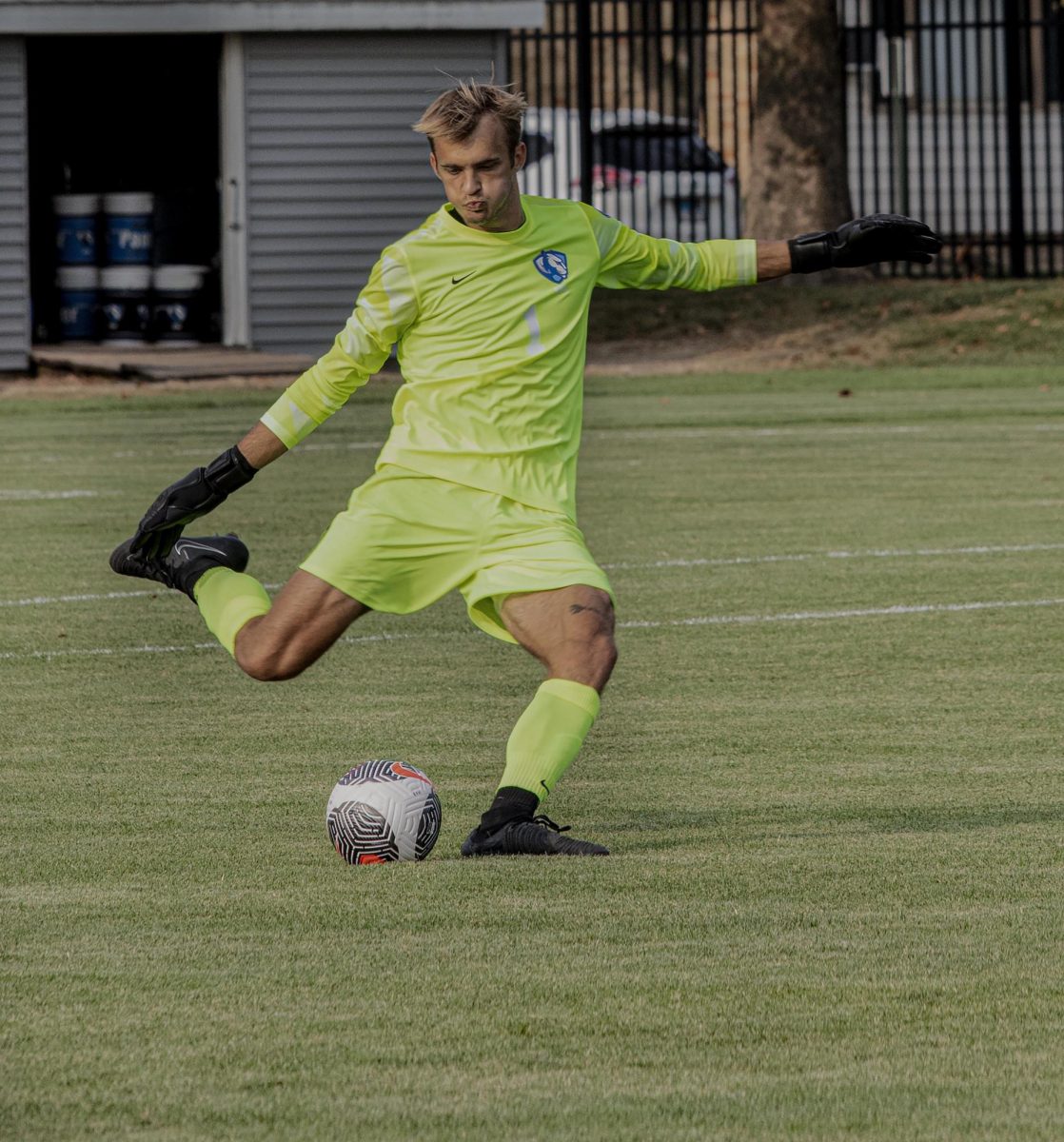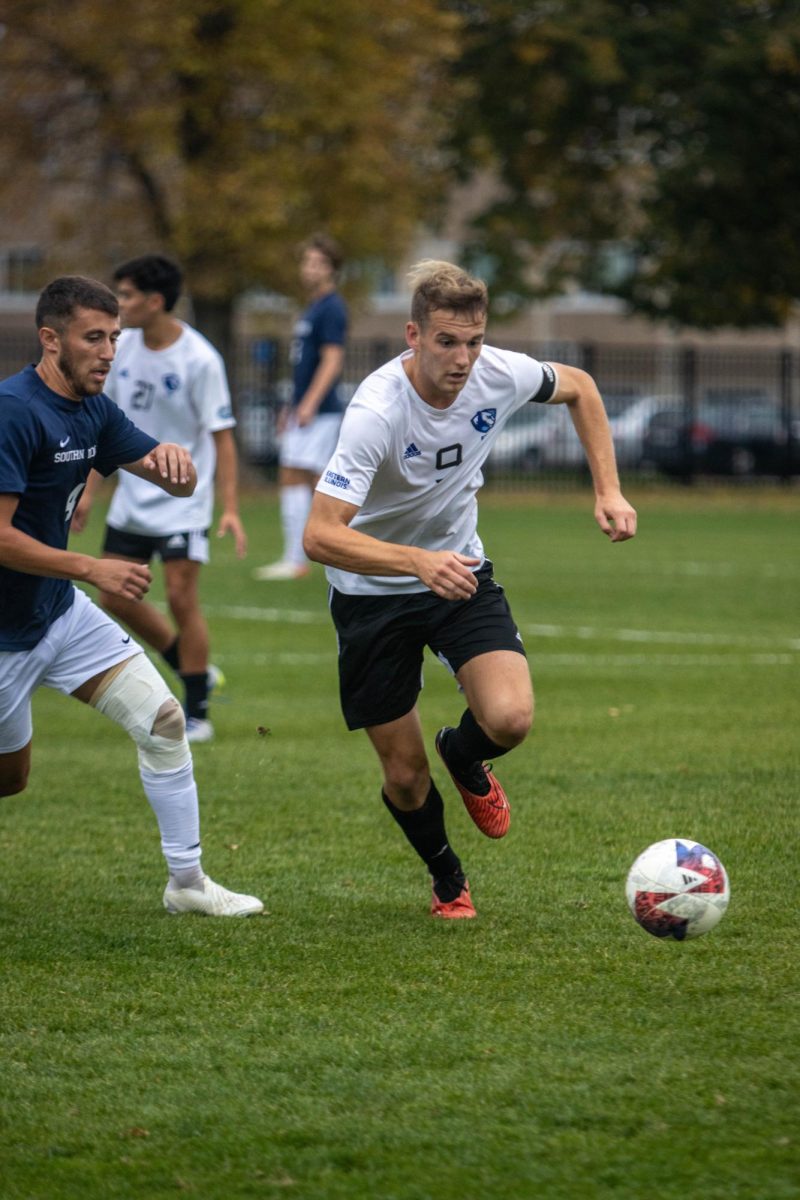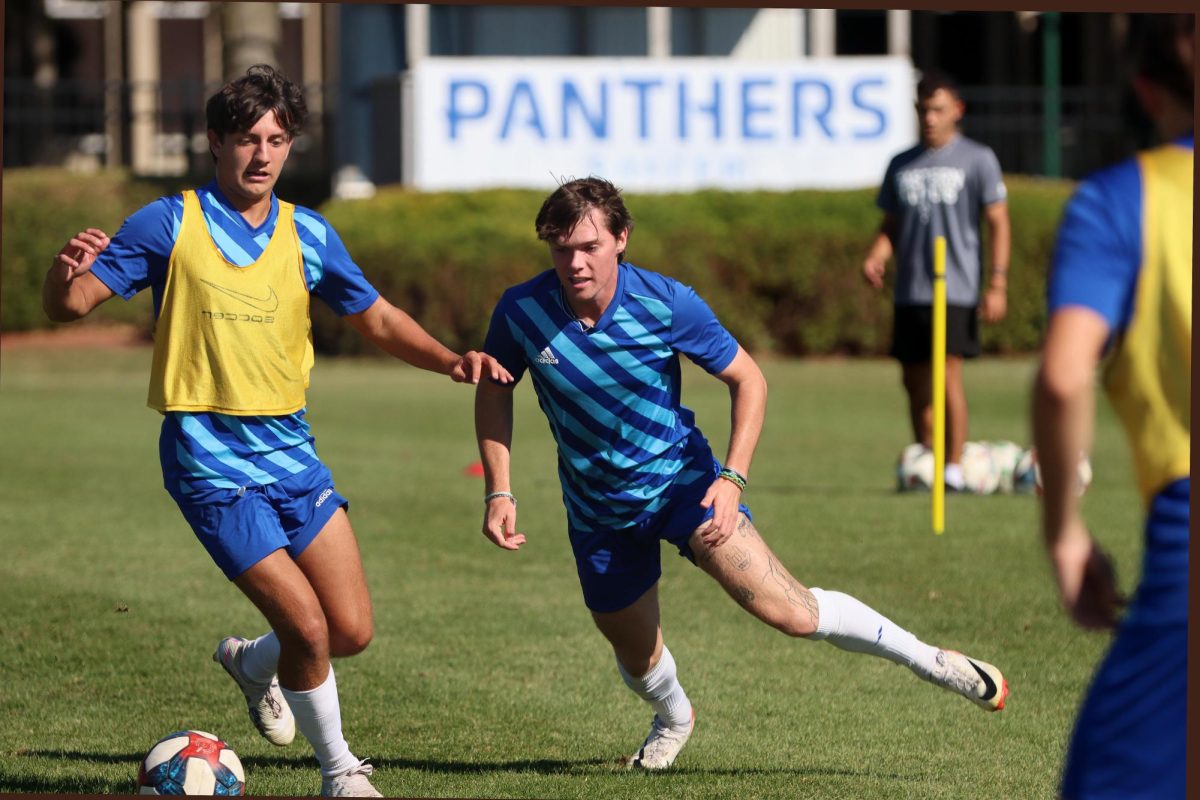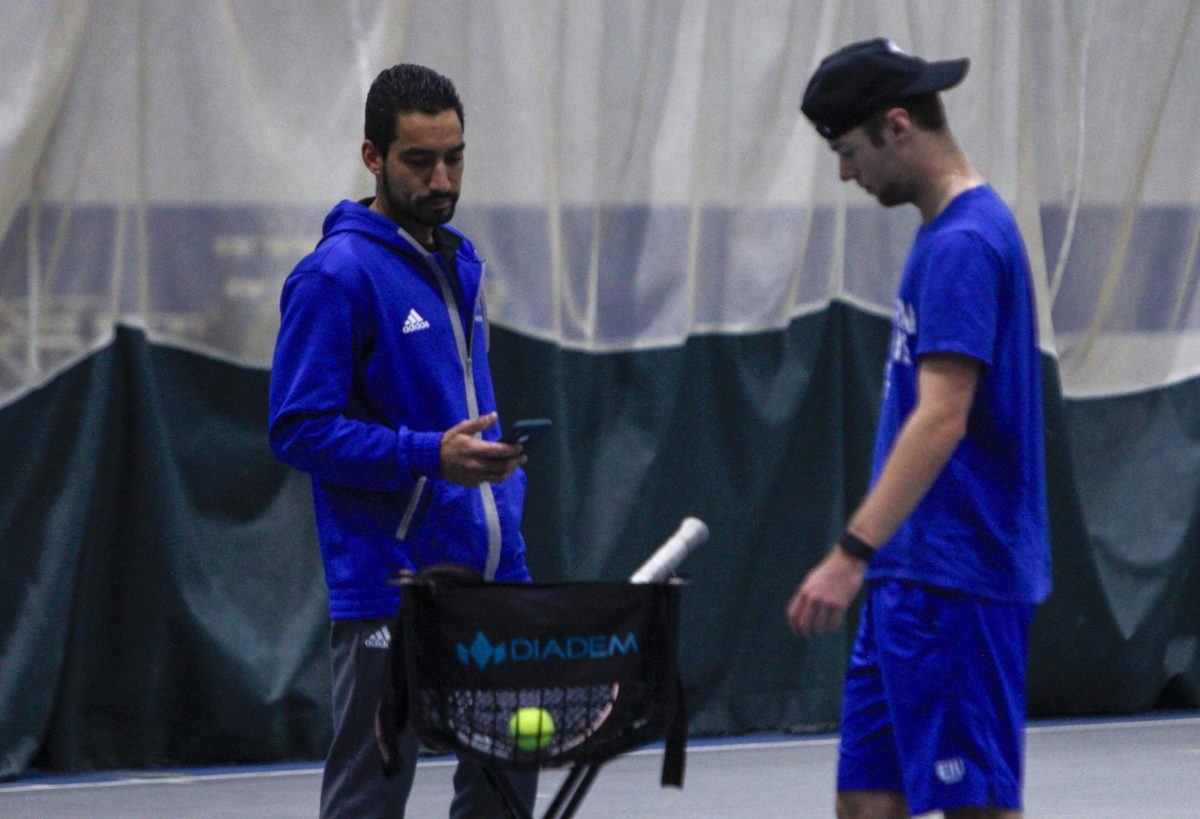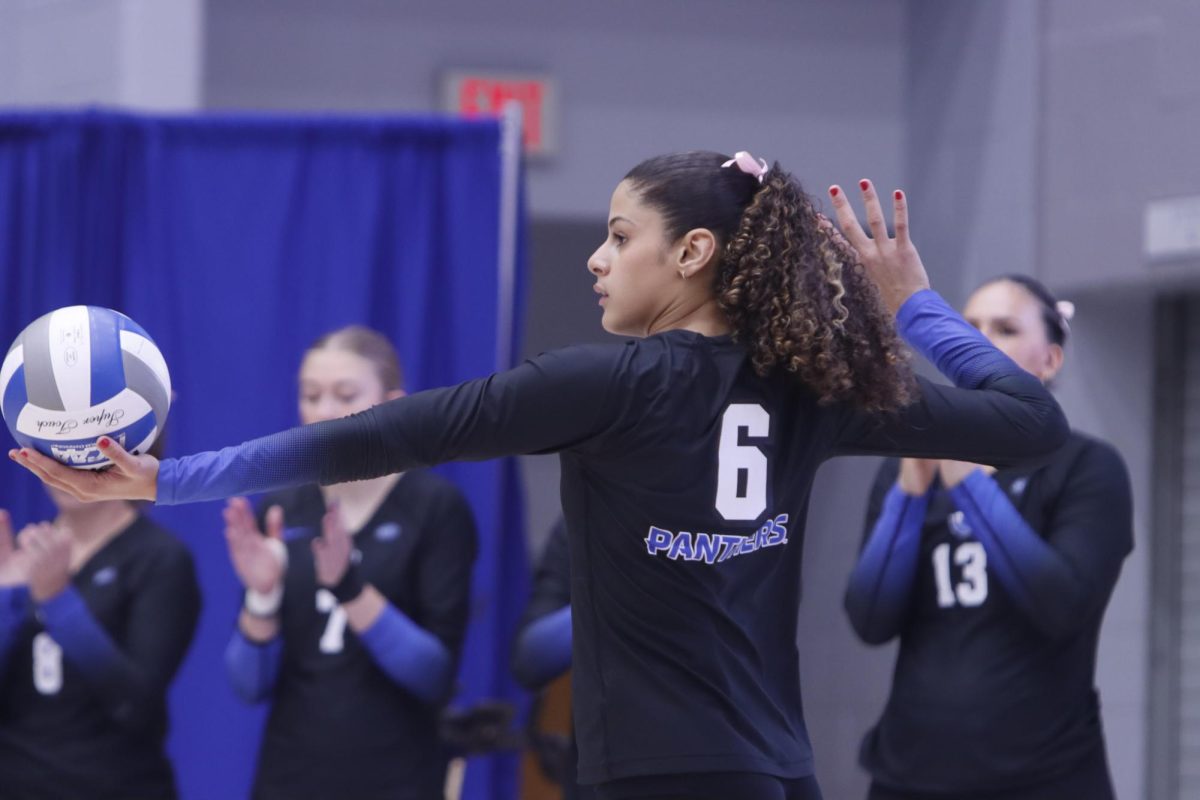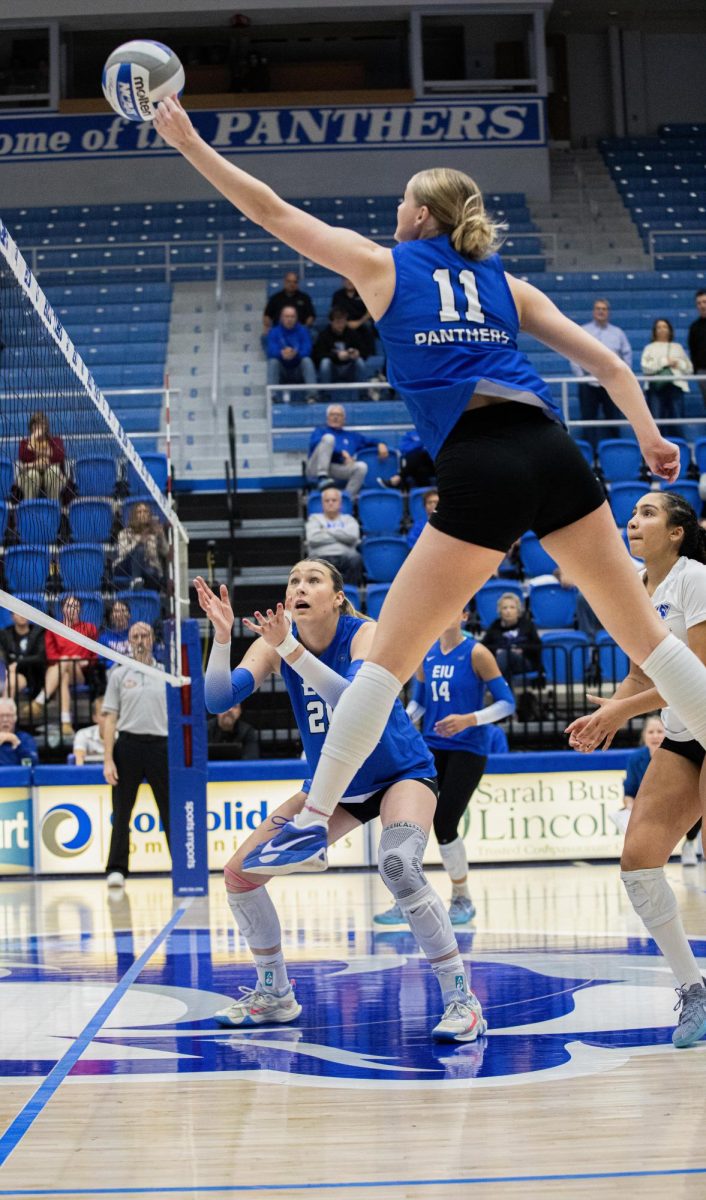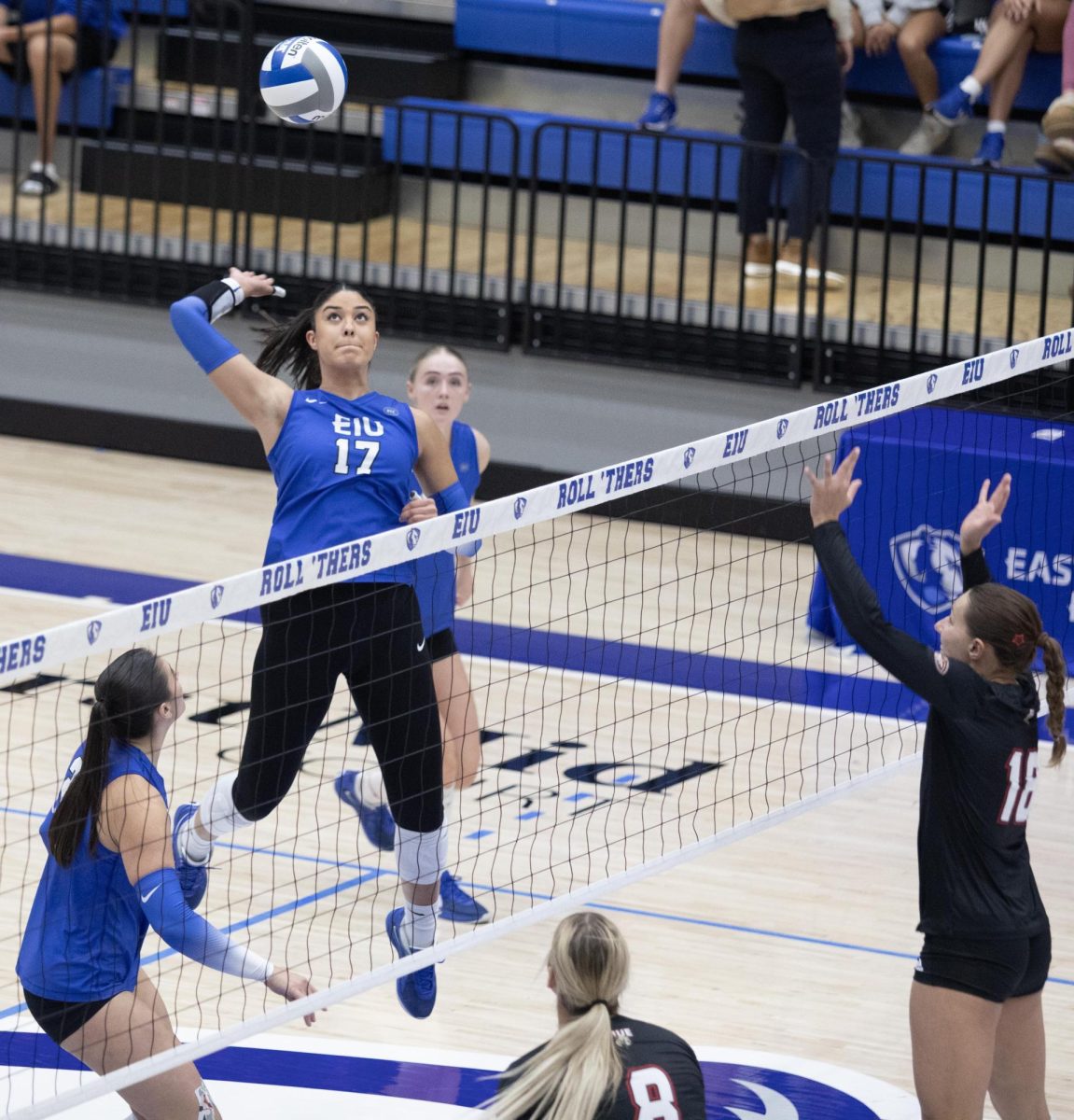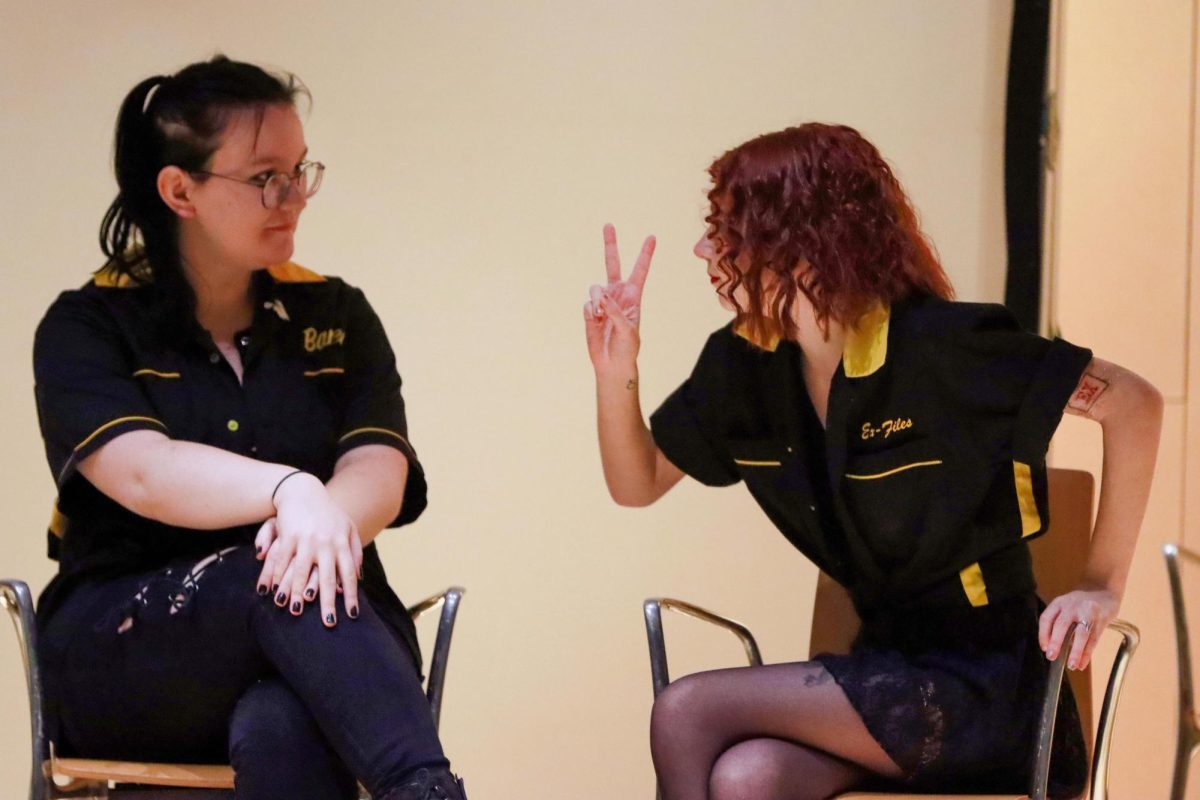Misconduct cases inspected
Heather Webb cannot figure it out and thinks no one really can.
There were 124 determined academic misconduct cases for the 2006-2007 school year, which is fewer than the 2005-2006 total of 146.
But the breakdown in determined academic misconduct cases by class is what stumps Webb.
“The results are so mixed that it is not possible to make a statement about who cheats more,” the director of judicial affairs said. “At Eastern, these numbers can actually vary from year to year.”
Seniors finished with the highest misconduct cases with 36, juniors and freshmen tied for second with 32, sophomores came in third with 20, and graduate students finished last with four.
About 70 students were caught plagiarizing assignments. Webb said there are many reasons, which could explain why students plagiarize more than anything else.
“It is very easy for a student to simply cut and paste materials from the Internet,” she added.
From 1991 to 2001, the highest total of academic misconduct cases within one school year did not exceed 55.
There have only been two school years where the academic misconduct cases stayed in the double digits since then.
“The increasing use of technology certainly impacts academic dishonesty,” Webb said.
She said awareness of the problem and instructors talking to students about academic dishonesty are some of the best prevention strategies.
Staff members from the office of judicial affairs make several presentations throughout the semester on how to avoid academic dishonesty, she added.
“We would like to encourage a culture where students take more ownership in this issue and hold each other accountable for their actions in the classroom,” Webb said.
She said teachers mostly discover academic dishonesty, but department chairs and students have also been known to report academic dishonesty.
The office of judicial affairs encourages teachers to discuss the incident with the student upon spotting academic misconduct, Webb said.
If that fails, the instructor then reports the dishonesty to judicial affairs, an investigation by judicial affairs is conducted, a punishment is decided by judicial affairs and a teacher can impose their own punishment for the student.
A student who accepts the allegations is often assigned an informal punishment.
“If there are no unusual elements to the case, we may choose a more informal resolution and assign the student to complete the Multi-Media Integrity Teaching Tool,” Webb said.
The MITT is a computer-based sanction, which explains academic integrity concepts and general integrity concepts. The sanction has multiple sections, which in total takes around four to five hours to complete.
Webb said if cases are more serious in nature, or a student has faced more than one allegation, the case is resolved through a judicial board or an administrative hearing.
Students can appeal punishments decided by a judicial board or an administrative hearing to Dan Nadler, vice president for student affairs.
Webb said students who engage in academic dishonesty know how to do quality work, but have such busy schedules that they dabble in academic dishonesty because they do a poor job of prioritizing.
“Most students do not understand that academic dishonesty is not just an individual issue,” Webb said. “It is an institutional issue that impacts the overall integrity of Eastern.”


